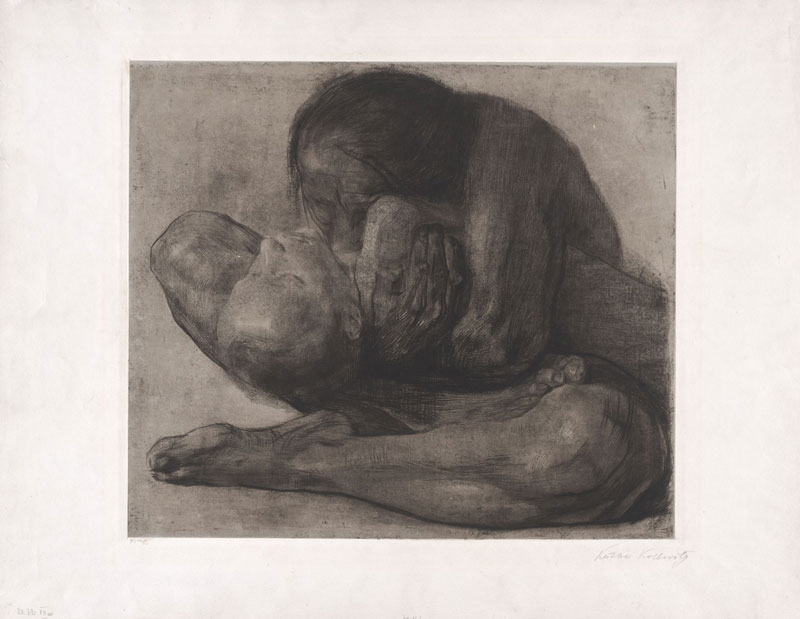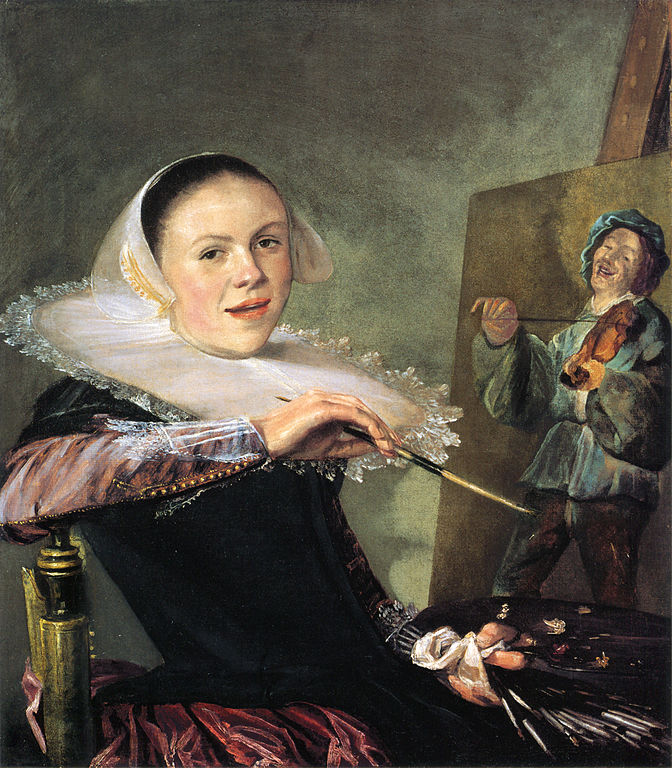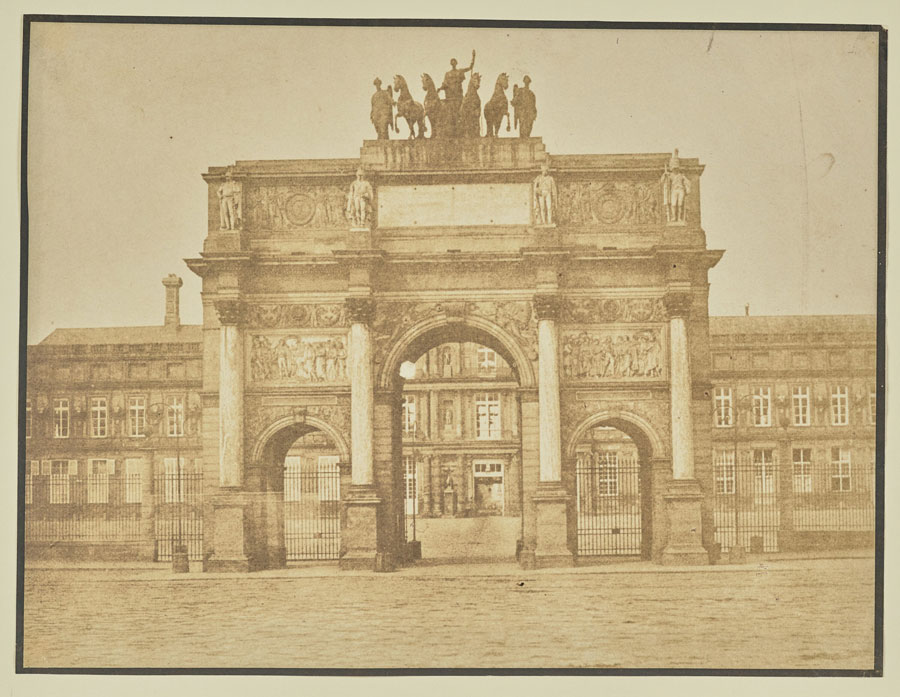Käthe Kollwitz: Tragedy and Commitment at the MoMA

From March 31 through July 20, 2024, the Museum of Modern Art presents the first-ever New York City museum retrospective devoted to Käthe Kollwitz, and the first major international loan exhibition of her work in the United States in more than 30 years
Source: The Museum of Modern Art · Image: Käthe Kollwitz, Woman with Dead Child (Frau mit totem Kind), 1903. Etching with chine collé. Plate: 16 1/4 × 18 9/16″ (41.2 × 47.1 cm); sheet: 21 7/16 × 27 11/16″ (54.5 × 70.3 cm). The Museum of Modern Art, New York. Acquired through the generosity of the Contemporary Drawing and Print Associates. © 2018 Artists Rights Society (ARS), New York / VG Bild-Kunst, Bonn.
“Käthe Kollwitz” presents a focused exploration of the artist’s career in approximately 120 rarely seen examples of her drawings, prints, and sculptures drawn from public and private collections in the US and Europe. Organized chronologically, the exhibition traces the development of Kollwitz’s work from the 1890s through the 1930s, a period of unprecedented turmoil in German history marked by the social ills of industrialization in the late 19th century and the traumas of war and political upheaval in the early 20th century. Crucial examples of the artist’s most important projects showcase her commitment to socially critical subject matter, and key selections of preparatory studies and working proofs will highlight her creative process. “Käthe Kollwitz” is organized by Starr Figura, Curator, with Maggie Hire, Curatorial Assistant, Department of Drawings and Prints.
Käthe Kollwitz (German, 1867–1945) was born in the Prussian city of Königsberg (now Kaliningrad, Russia). She initially trained as a painter but quickly turned to drawing and printmaking, which she saw as the most effective mediums for social criticism. She also worked occasionally in sculpture. In the early decades of the 20th century, when many artists were experimenting with the language of abstraction, Kollwitz remained committed to figuration and an art of social purpose. During an era when the leading figures in all fields were almost exclusively men, she was widely acknowledged as one of history’s most outstanding graphic artists, and became one of the few women artists to achieve international renown in her own lifetime.
As a woman confronting the injustices of her era, Kollwitz radically asserted the female point of view as a necessary and powerful agent for change. Unflinching in her pursuit of raw emotional honesty, she continually reworked her central themes of motherhood, grief, and revolt from one work to the next. Her drive was fueled by a bold ambition for herself as an artist and a dedication to bringing visibility to women and the working class. Figura explains, “Kollwitz forged an art of compassion and social conscience that resonates as powerfully today as it did in her lifetime, and this exhibition aims to reintroduce her at a moment when her commitment to social and political change is of renewed, even urgent, relevance.”
Follow us on:


